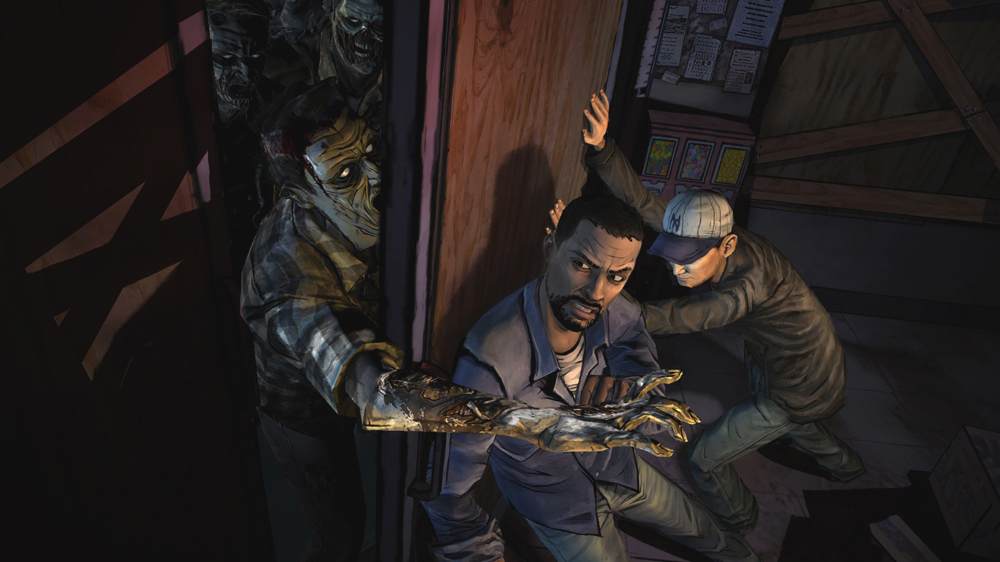Back in the 80s and 90s PC gamers were able to experience a host of amazing exclusive titles. However, younger gamers rarely had the money to buy each new game coming out. The advent of shareware made purchases nearly unnecessary. Doom, Duke Nukem, Jazz Jackrabbit, Wolfenstein 3D and many other classics offered an episodic format. You could simply nab a shareware copy off the internet (or get one in a magazine or by mail order) and begin playing immediately! The only restriction was that you typically could just play the first episode. Purchasing a full copy would net you every single episode available.
Even though they were broken up as episodes, there wasn’t always an overarching narrative thread between them. Honestly, storylines weren’t a huge deal in this period. The biggest change between episodes usually resided in a different location or level theme. Paid episodes also tended to be incredibly difficult. Honestly, some first episodes of titles were also challenging. Because of this even shareware versions of games served players for hours on end. This practice dissipated in the 90s although some independent developers still use the shareware approach.
A resurgence of episodic games came about in the 2000s, starting with Telltale creating their first multi-chapter adventure game in 2005, Bone: Out from Boneville. Unfortunately, only two episodes were ever completed. Their multiple revitalizations of the Sam & Max series fared much better. Each was completed and also managed to start a wave for this type of game release in the mainstream. Suddenly Valve hopped aboard with Half-Life 2: Episode One and Two (although a third episode has never come out…). Smaller companies gave it a shot too, spurring series’ such as American McGee’s Grimm, while others, such as Insecticide and Sin Episodes, attempted but failed to complete their stories.
With a multitude of titles failing to wrap their stories up, consumers (and developers) lost interest in the episodic format. That is, until we fast forward a few years to Telltale’s The Walking Dead in 2012. This first season was a tremendous hit, receiving both player and critical acclaim. Heck, it won its fair share of awards too. Around this time we’ve seen many other developers try their hand at creating a neat new episodic title. Many have continued to struggle to release their episodes in a timely manner – or at all. With that said, it appears that this time around the trend will never fully dissipate. Episodic content has become just another mode of presenting your game. It’s up to consumers to decide whether they love or loathe this method of media consumption.





